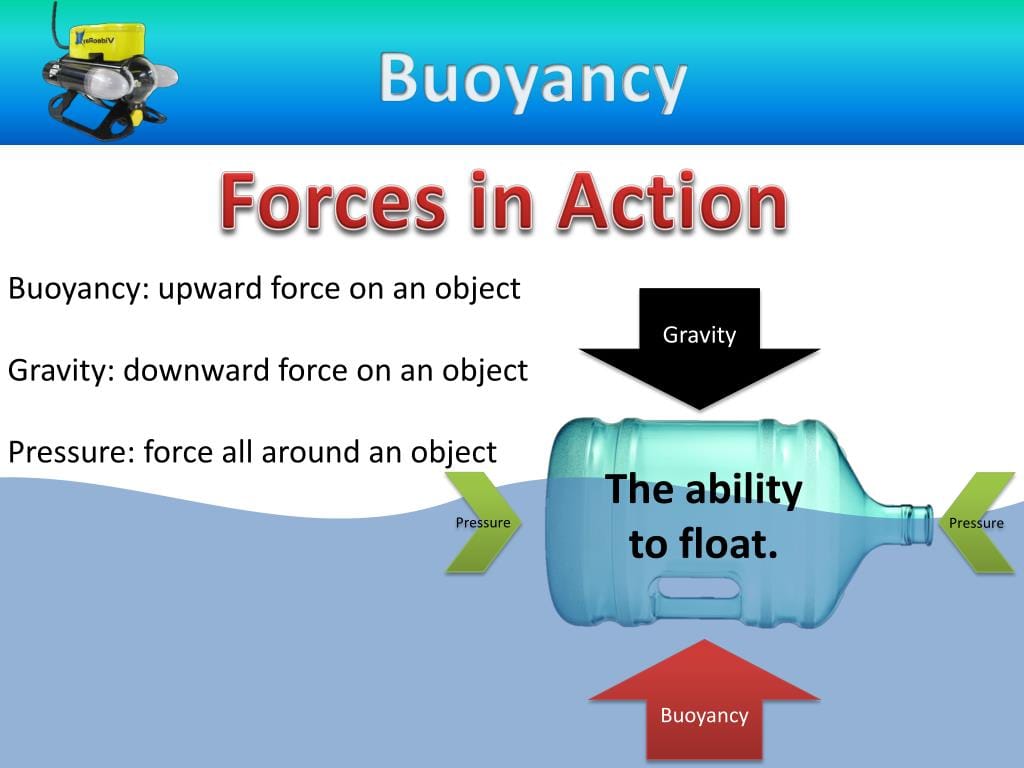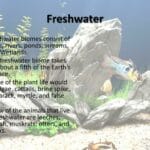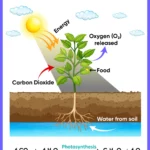The Dance Between Buoyancy and Salinity in Estuaries
Imagine a place where a river meets the sea—an estuary. It’s a dynamic zone where freshwater and saltwater constantly mix, creating a unique environment. Buoyancy, the upward force that makes objects float, plays a critical role in shaping these ecosystems.
Freshwater, being less dense, tends to float on top of denser saltwater. This creates a layered effect known as a salinity gradient, with salinity increasing from the river’s mouth toward the open ocean. However, factors like temperature and tides further complicate this delicate balance.
Just as in the atmosphere, warmer water is less dense and rises, while colder water sinks. This interplay between temperature and salinity contributes to the complex layering within estuaries. Tides add another layer of complexity, acting like a giant mixer, blending the freshwater and saltwater. Strong tidal currents can significantly reduce salinity gradients, while weaker tides may allow for pockets of varying salinity to persist.
How Water Shapes Estuaries
Water is the lifeblood of estuaries, influencing everything from their physical structure to the plants and animals that call them home. The dynamic interplay between freshwater and saltwater creates a unique environment teeming with life.
Water flow and mixing are crucial for estuarine health. Rivers and streams provide a constant influx of freshwater, influencing salinity levels, delivering essential nutrients, and depositing sediment. Tides, driven by the moon’s gravitational pull, cause fluctuations in water level, creating currents that mix freshwater and saltwater, crucial for nutrient distribution and oxygenation.
This constant mixing creates a salinity gradient. Brackish water, a mix of freshwater and saltwater, characterizes estuaries. Different species have adapted to specific salinity ranges, leading to a distinct zonation of organisms within the estuary.
Sediment transport and deposition shape the physical structure of estuaries. Rivers carry sediment downstream, while tides and currents redistribute it within the estuary. Over time, these sediments accumulate and form diverse habitats like mudflats, sandbars, and salt marshes, providing shelter, breeding grounds, and foraging areas for a variety of species.
Water temperature further influences the estuarine ecosystem. Water temperatures fluctuate seasonally, influencing the metabolic rates, life cycles, and distribution of organisms. The amount of dissolved oxygen in the water is also temperature-dependent—warmer water holds less dissolved oxygen, potentially leading to stress on aquatic life, especially in areas with high nutrient inputs from human activities.
The Many Factors Affecting Salinity
Estuarine salinity, a delicate balance between freshwater influx and the ocean’s embrace, dictates the very lifeblood of these vital ecosystems. However, this balance is influenced by an intricate web of factors.
1. Freshwater Input: The volume of freshwater entering an estuary is a primary factor controlling salinity. Seasonal variations in precipitation and snowmelt significantly impact freshwater flow. Human activities, such as dam construction and water diversions, can also drastically alter freshwater input, leading to significant changes in estuarine salinity.
2. Tides and Tidal Mixing: Tides drive the influx of saltwater into estuaries, contributing to the mixing of freshwater and saltwater. The magnitude of tidal fluctuations influences the extent of saltwater intrusion. Strong tides lead to more mixing, while weak tides allow for greater variations in salinity within the estuary.
3. Wind: Wind can enhance both vertical and horizontal mixing of water masses, influencing salinity distribution. Strong winds can push saltwater further inland, especially during high tides, or hold back freshwater outflow, altering salinity gradients.
4. Evaporation and Precipitation: In some estuaries, particularly in arid regions, evaporation plays a significant role in salinity. High evaporation rates can lead to increased salinity, while heavy rainfall can dilute estuarine waters, reducing salinity.
5. Sea Level Rise: As a consequence of climate change, rising sea levels pose a significant threat to estuaries. Sea level rise leads to increased saltwater intrusion, fundamentally altering salinity regimes and potentially impacting habitats and species distribution.
6. Other Factors: Estuarine salinity is also influenced by factors such as the shape and depth of the estuary (bathymetry), which can influence water circulation patterns; droughts, which reduce freshwater input; and extreme weather events like hurricanes and storms, which can cause dramatic shifts in salinity due to storm surges and intense rainfall.
Importance of Buoyancy and Salinity
Understanding buoyancy and salinity is essential for managing and protecting estuaries. For example, dredging activities, often necessary for maintaining navigable waterways, must consider the impacts on salinity gradients and sediment deposition patterns. Wastewater discharge must be carefully managed to avoid disrupting the delicate balance of nutrients and oxygen levels, which are influenced by salinity and water circulation. Sustainable fishing practices rely on understanding how salinity affects the distribution and abundance of fish species at different life stages.
Furthermore, as climate change continues to impact global weather patterns and sea levels, understanding how these changes will affect estuarine salinity is critical for developing effective conservation strategies.
Conclusion
Estuaries are complex, dynamic environments where buoyancy and salinity play critical roles in shaping their physical characteristics and biological communities. A multitude of factors influences these forces, and understanding their interplay is essential for the effective management and conservation of these vital ecosystems. As we continue to learn more about estuaries, we can better protect them for future generations.
To learn more about how wind patterns impact coastal areas, explore our article on Anemometer Military Forces.
- Jesus Bible: Discover Jesus’s Story Throughout Scripture - April 27, 2025
- Don Luis: Unraveling the 16th-Century Virginia Mystery - April 27, 2025
- Captain J’s Kauai Tours: Unforgettable Na Pali Coast Adventures - April 27, 2025

















1 thought on “Outcompeting the Competition: How Buoyancy Shapes Estuaries: An In-Depth Look at the Impacts of Salinity and Tides”
Comments are closed.